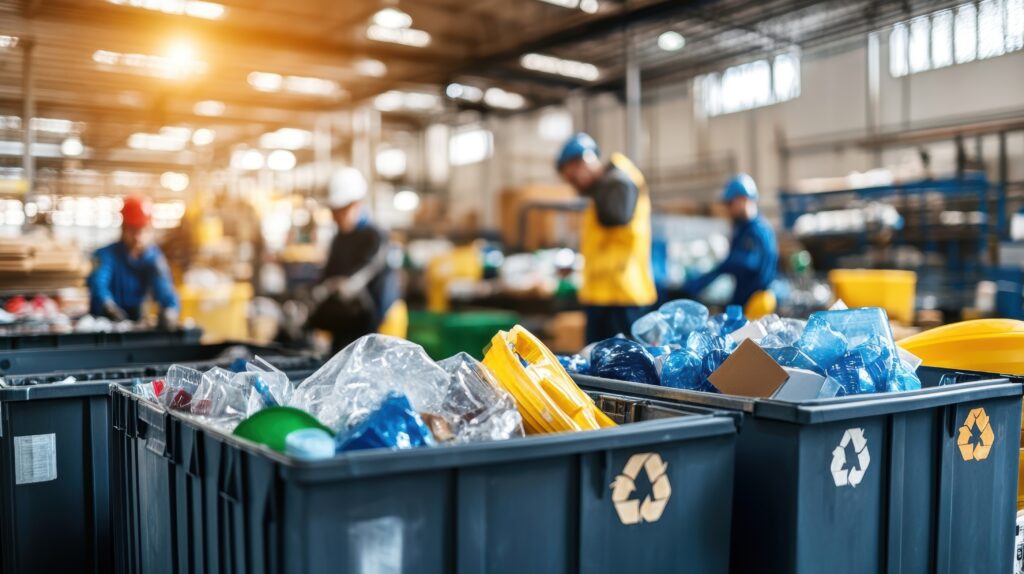Structure Tone’s US Team Marks World Environment Day 2025
As cities around the globe prepare to recognize World Environment Day 2025—this year spotlighting the global drive to end plastic pollution—the construction industry finds itself at a pivotal crossroads. In urban centers like New York City and Boston, the challenge of reducing plastic waste in interiors construction is urgent, complex, and to those who are paying attention, frustrating.
From vapor barriers and insulation to protective packaging, plastic remains a staple in interiors construction. It’s cost-effective and versatile, but the downside is significant: New York City alone generates approximately 44 million pounds of waste each day, and global plastic production is projected to triple by 2060. With recycling infrastructure lagging behind and on-site waste separation still a challenge, most plastics used on site end up in landfills. Despite ongoing industry efforts to reduce or repurpose waste, it’s clear that tackling plastic pollution will require more systemic, large-scale solutions.

Inside Construction’s Plastic Problem
Why is limiting plastic pollution on sites across the United States so challenging? Structure Tone sustainability managers, Michael Orbank and Ryan Hughes provide some insight:
- Plastic types vary. Plastics used in interior construction products typically vary between specific plastic types and recyclability. If these products have different end of life solutions that cannot be combined easily, recycling can be seen as infeasible.
- Packaging waste. Plastic packaging commonly used to wrap interior finishes and materials is often meant to be single use without established recycling end of life solutions.
- Scaling recycling. Currently, most recycling options for plastic wrap is only unlocked at scale. This requires coordination across several jobsites to conglomerate large enough amounts to find a suitable recycling program—a challenge to an industry that is used to commingling and expediently disposing of all jobsite “waste.”
- Cost vs. circularity. Replacing plastic in packaging and jobsite materials in the United States with more readily recyclable materials often comes at a noticeable cost increase. In a cost conscious and risk averse industry, this stymies innovation and ingrains long held beliefs that circularity is the more expensive option.
Building Smarter, Building Cleaner
Although current practices surrounding the use of plastics in interior construction leave something to be desired, clients, designers, and builders can make efforts at each stage of project delivery to lessen their impact.
- Plan ahead. Planning for waste streams before construction starts allows for options and logistics to be fleshed out and managed more effectively.
- Source Smarter. Requiring recyclable packaging from major manufacturers before procurement can lead to reductions in typical packaging waste.
- Separate to recycle. Site separation of waste streams such as plastics can allow for easier conglomeration of materials that can only be recycled at scale. This also has the benefit of keeping these streams from contaminating each other, leading the waste stream to be more attractive to recycling end-users.
The UK is slightly ahead of the US in the effort to reduce plastic waste on interiors sites. Here, Structure Tone’s London team explains their approach to limiting the use of plastics.
Partnering for Progress
Industry change doesn’t happen in a vacuum. It requires policy support, client education and commitment, and collaboration across the board. While international efforts like the proposed global plastics treaty are critical, local innovation will lead the way. Contractors, designers, suppliers, and city leaders all have a role to play in moving toward a plastics-free future.
Learn more about World Environment Day: https://www.worldenvironmentday.global/.

